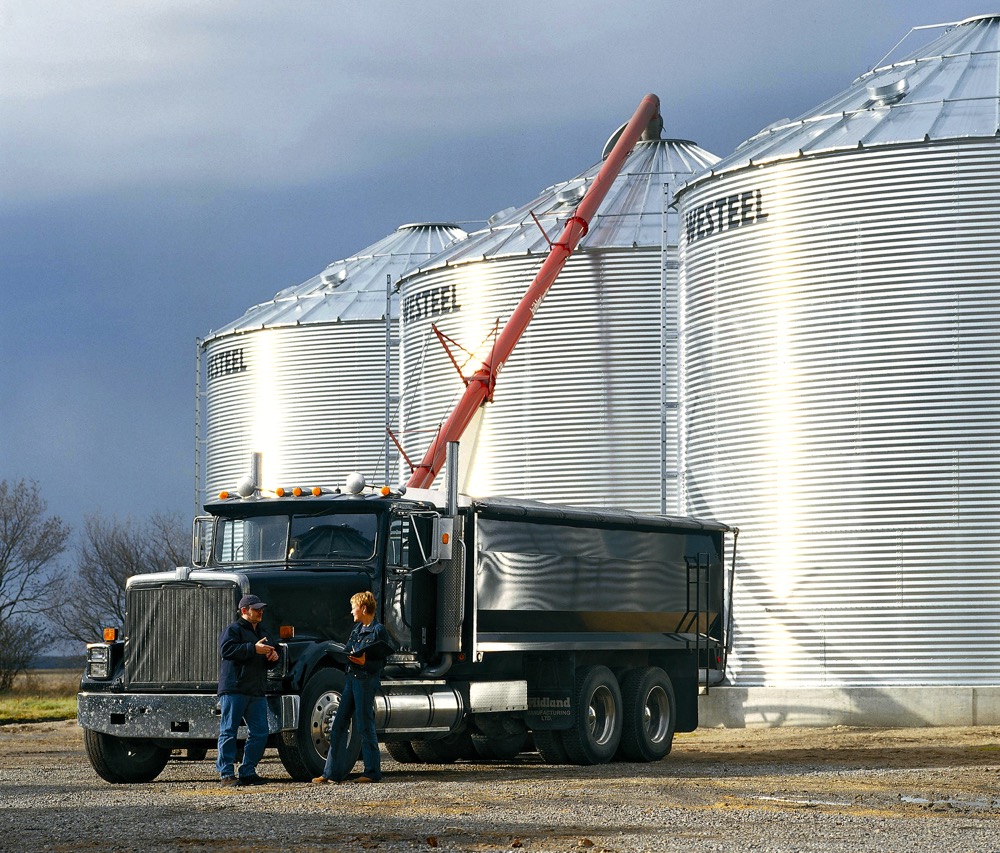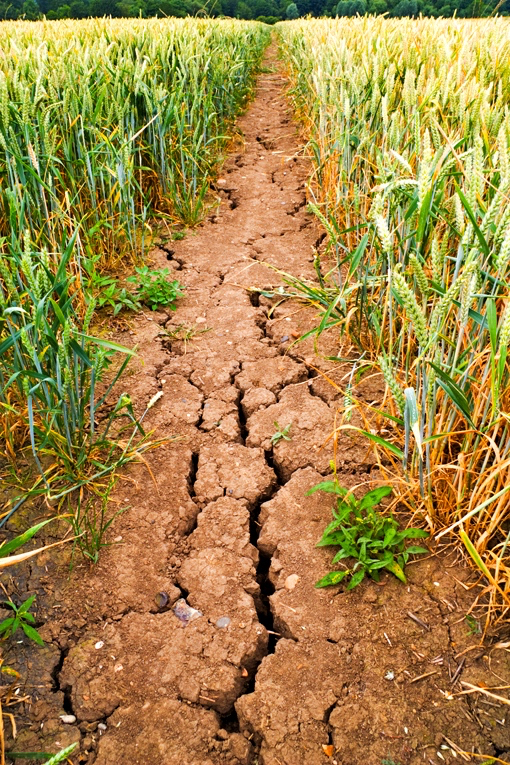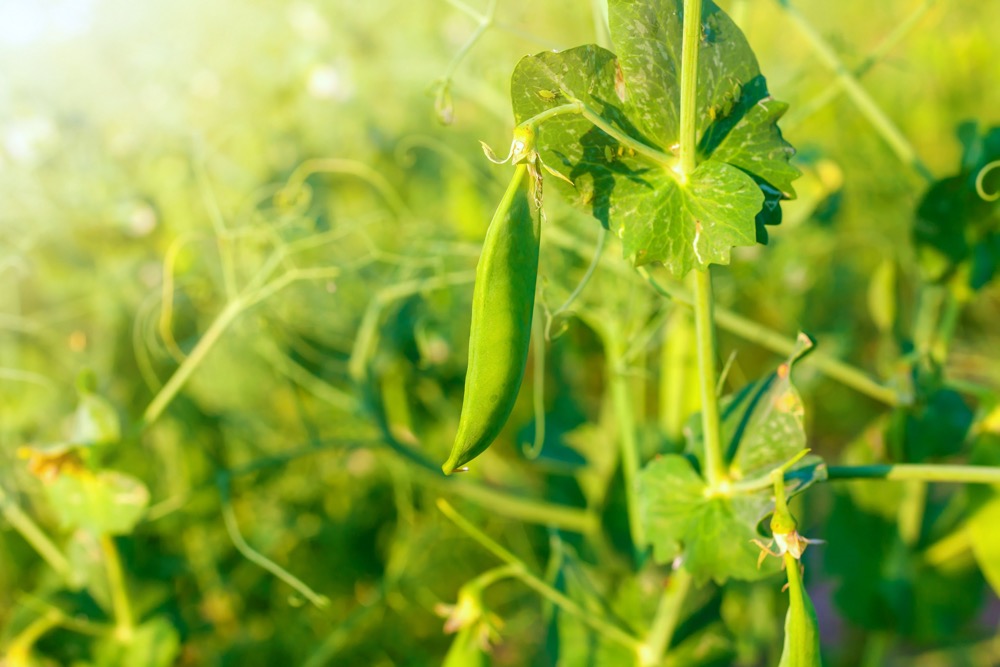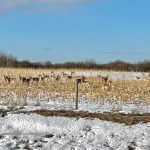I remember a few years ago, one spring day, being at the farm of Brian Otto in southern Alberta and I suspect he wanted to bend my ear about how some politicians and agencies (read CWB) had their heads up their butts when it comes to grain marketing.
Later we went out to a field to take a few photos and I saw a wooden stake in the middle of a newly seeded barley field. He explained the stake marked the location of a killdeer nest on the ground. During seeding operations Otto jockeyed equipment around this stake so the bird could continue nesting.
Read Also

Gentle treatments for pain in the neck
Heading toward year-end, people unknowingly tense up against the cold and busyness, causing neck pain that can often be treated with appropriate support and gentle mobility, athletic therapist Kathlyn Hossack says.
Brian Otto didn’t save the world with that gesture (and I suspect the notion of driving that stake through the hearts of certain individuals back in the often-heated, end-the-CWB days, had probably crossed his mind). But I have often thought since that day, here was a guy devoting a lot of time and energy to a cause he felt would benefit Western Canada’s multi-billion dollar grain industry, yet he was still concerned about a female killdeer and her brood.
It was a different story, also a few years ago, during a visit to a central Alberta farm where I was doing a story with a hoof trimmer. At this farm there was a mature beef cow limping around the yard with a hind foot and leg swollen to the size of a tree stump — a real bad case of untreated foot rot. This cow was supposed to calve in two or three weeks. The owner explained the situation something like “she’ll be okay. I want to get the calf out of her and then I’ll shoot her. Her foot is a long ways from her heart.”
And I have often thought since that day, I don’t care that it was just one old cow with a bad foot, that was no way to run a beef operation — either the cow should have been put out of her discomfort or the farmer should have spent a few dollars on veterinary treatment.
Stick with me on my train of thought…
Along comes an Ag Canada researcher Tim McAllister who has taken to the conference microphone many times in recent years talking about the environmental footprint of agriculture. He’s a beef researcher in Lethbridge, but his message applies to all ag sectors. And it also opens the door to the larger issue of public perception of all farming and ranching.
McAllister, who spoke at the recent Canadian Beef Industry Conference in Calgary, points out that in the grand scheme of science and the environment with concerns about climate change/global warming, agriculture doesn’t even make the scale when it comes to the leading contributors to carbon release and other harmful emissions into the environment.
Some research estimates agriculture is less than 10 per cent of the problem. Far and away it is production and consumption of fossil fuels, which is the major contributor to climate change. You could kill every cow and shutoff every tractor in the world and still 90 to 95 per cent of the problem comes from production and use of fossil fuels — by industry and consumers.
But McAllister says while agriculture has made considerable progress in reducing its environmental footprint in recent years, to maintain public favour agriculture can’t pass the buck and point to “those other guys” as being the problem. Agriculture has to run a squeaky clean operation. And the attitude should not be one of feeling forced into doing it, it should be that agriculture runs a safe, clean, environmentally sound, humane operation because it is the right thing to do.
The industry has made a great deal of progress in running a much more environmentally sound, humane business just in the 30 years I have been observing. I don’t know how many “nudge, nudge, wink, wink” practices are carried on today. The beloved, late Alberta Premier Ralph Klein talked about the “shoot, shovel and shut up” approach to avoiding problems.
Hiding or denying problems on the farm might have worked for a few thousand years, but not anymore. Public awareness, public scrutiny and public concern are all ramping up. Let’s face it, it is getting more and more difficult to even stop for a pee on a deserted country road without fear the image could be captured on camera and end up on YouTube (or so I’m told if a person was inclined to do that). To some extent this public invasion is stupid and ridiculous in its degree, but fact is that it is a reality and likely will increase.
Every time A&W or some other food retailer flaps their jaws about antibiotic and hormone-free, humanely-raised and pesticide-free whatever, it pricks some notion in the mind of a consumer “yes, I must want that, rather than the toxic, inhumanely raised, cancer-causing products those other people are selling.” If it’s on TV it must be true. Obviously there are a few good guys over here doing the right thing, but what are the rest of the farmers doing?
McAllister makes the point that, in order to increase world food production to meet the forecast demands of a global population, since the earth isn’t making any more land, meeting demand will rely on increased production efficiency, which relies on the use of improved production technology. And using technology doesn’t make farming or food more hazardous — it actually can be just the opposite when applied properly. It is environmentally sound technology that produces safe, healthy and humanely raised food. It is a message that will be heard many times.
Agriculture hasn’t lost credibility with most consumers, but it is under scrutiny. In metaphorical terms the agriculture industry can’t allow or condone practices that permit an old cow to suffer and limp around a yard just because it is economically expedient or nobody’s business. It is an industry that needs to show the world it is putting a stake in the ground beside every killdeer nest, because it is the right thing to do.
















